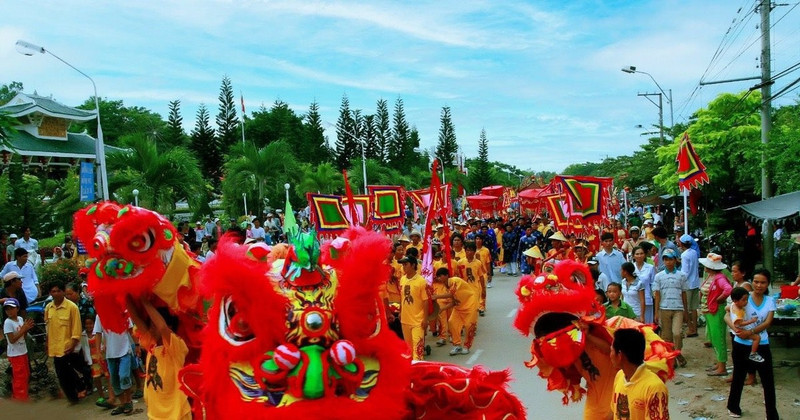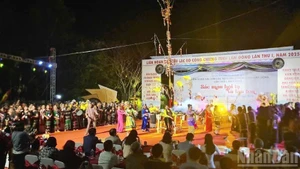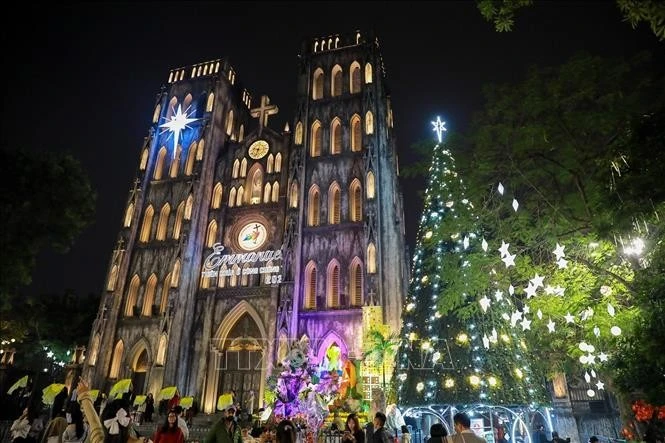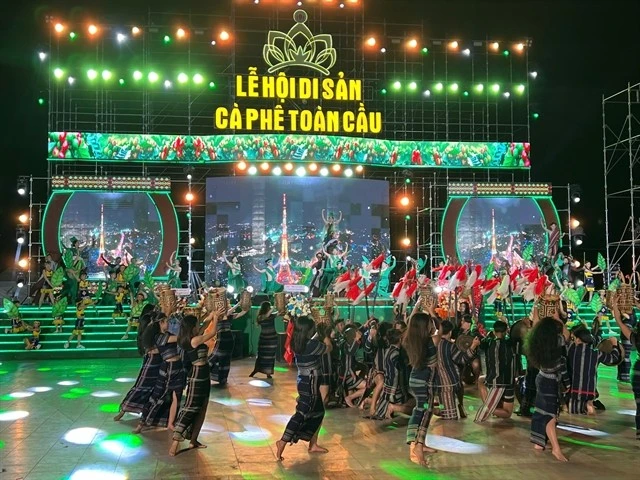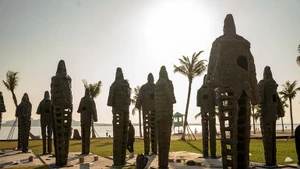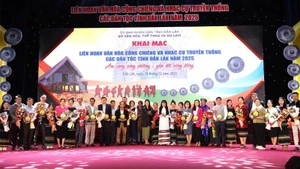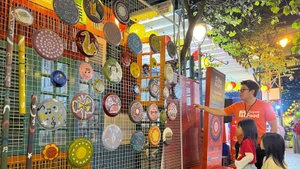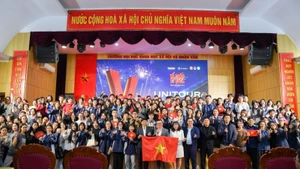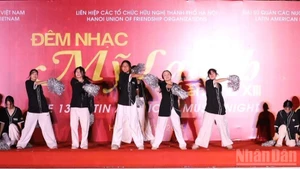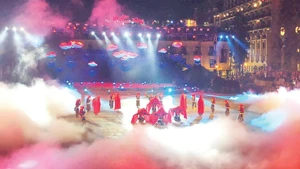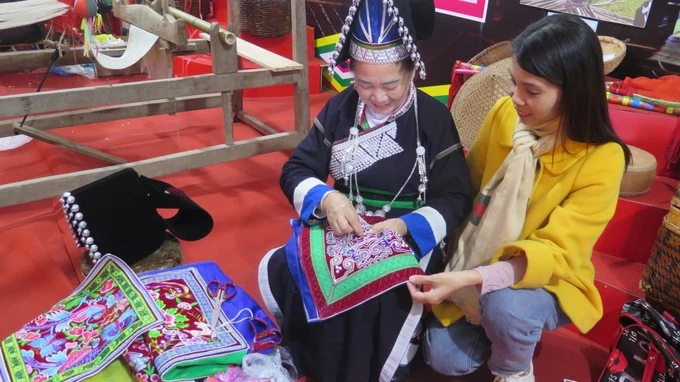A few of these figures are sufficient to demonstrate the richness of Vietnam's cultural heritage resources — a particularly important element contributing to the development of the country's cultural industry in the new journey ahead.
Cultural heritage faces many risks
It cannot be denied that Vietnam has made tremendous efforts in preserving and promoting the value of cultural heritage in contemporary life; the steps taken by Thua Thien Hue Province, Hoi An City, and several other localities in reshaping their economic-social development direction based on the solid foundation of unique local cultural heritage systems are clear evidence of this.
The improvement of the legal framework for heritage protection in the country, exemplified by the introduction of the Cultural Heritage Law (in 2001) — which is one of the rare specialised laws to have undergone two rounds of revision, along with a series of subordinate legal documents issued — also highlights the attention that political and social sectors pay to the nation's cultural heritage.
However, according to many researchers and experts, the biggest challenge facing all types of cultural heritage in Vietnam today remains the risk of destruction, loss, and irreversible damage.
Prof. Dr Tong Trung Tin, President of the Vietnam Archaeological Association, cited the situation of "serious violations" and the fact that many important archaeological sites "only exist on paper". A notable example is the Phung Nguyen relic site (Lam Thao District, Phu Tho Province) — a world-famous site which gives its name to the Phung Nguyen Culture from the first phase of the Bronze Age — which has been completely destroyed. Similarly, the Hong Da relic site (in Hong Da Commune, Tam Nong District, Phu Tho Province) — which is known for being one of the largest workshops for crafting large stone jewellery — has also met the same fate, as have the Trang Kenh and Thuy Son relic sites, the burial sites in Thuy Nguyen District (Hai Phong City), and a series of mangrove forest sites in Dong Nai Province.
In addition, a fairly common situation today is the arbitrary construction of new buildings on the foundations of ancient sites, which have no relation to the architecture and aesthetics of the historical period to which the site belongs, as recommended by scientists. This leads to the waste of archaeological resources and related research.
Some intangible cultural heritage inscribed by UNESCO is facing the issue of shrinking spaces for practice, especially due to insufficient understanding of the heritage, leading to practices that prioritise performances catering to tourist tastes rather than recognising and disseminating the cultural and artistic values of our ancestors. According to a representative from the Gia Lai Provincial Department of Culture, Sports, and Tourism, the trend of modifying gong ensembles is becoming increasingly common. This is done to meet the demand for using gongs to perform modern music, which is seen as "creativity". The consequence is that the modified gong ensembles “no longer play the traditional gong songs of our people.”
Investment needed in human resources and technology
Cultural heritage is a resource, a form of capital, and a valuable asset for the development of the cultural and creative industries. This recognition has been increasingly promoted by many countries in the region and around the world, going beyond the traditional conservation and enhancement of heritage values as raw resources, towards “re-capitalising” and creating a “second generation of cultural capital”.
Dr. Joseph Lo Kean Kim, 2005 UNESCO Convention Advisory Expert, cites several examples of capital redefinition. One such example is the “Our Living Legends” programme in the Philippines, which serves as a means to recognise and identify the “cultural experts” who are passing on their skills to the next generation. Notably, experimenting with new technologies, such as computer-assisted design and artificial intelligence, has also become a novel way to re-capitalise creative and cultural resources. Cultural documents and materials need to be preserved, protected, repaired, renovated, renewed, and maintained. These activities can also be considered as re-capitalising cultural capital because, without proper preservation and protection, the volume of existing cultural capital will diminish.
Thus, investment in human resources and technology to both preserve the heritages of the past for the present and future, while also creating “new heritage,” developing and leveraging the endless cultural capital/resources to contribute to the overall development of the country is an inevitable global trend. And Vietnam is no exception. The most challenging issue we face today is finding the right direction for this investment, step by step, coordinating with relevant agencies to implement it in a systematic and effective manner.
The establishment of contemporary art museums is also considered an important model, as contemporary art captures current expressions, which will become references and resources for future artists and scholars.
